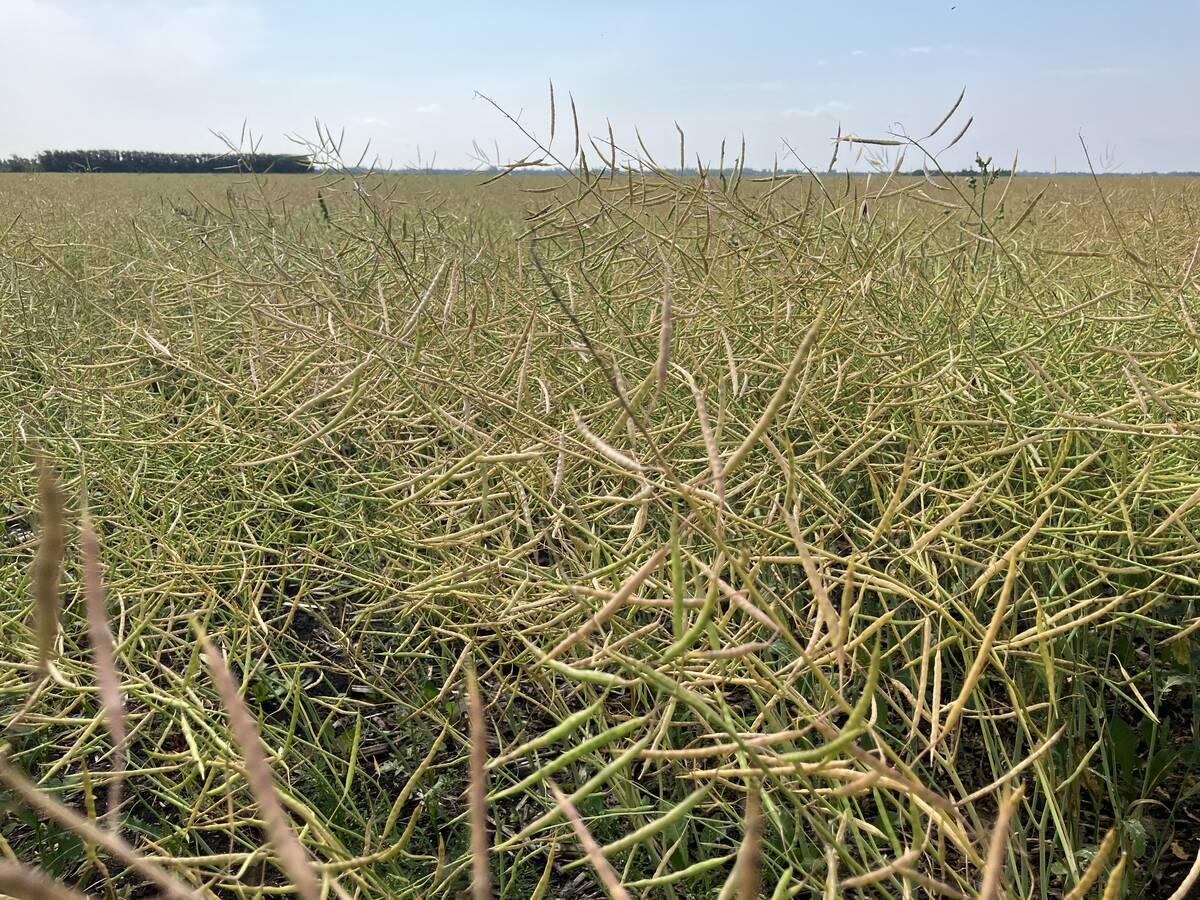SASKATOON (Staff) – There are some health practices cattle producers should follow with when buying fall calves to feed, said a University of Saskatchewan veterinarian. Remember, calves get sick three to five days after arriving at the farm.
Eugene Janzen said there’s a “must do” list and “may do list.
Must Do
- Vaccinate for IBR and blackleg using a seven-way or eight-way vaccine.
“Don’t be misled. It’s important to vaccinate. IBR is the most highly infectious disease we have.”
Read Also

South American soybeans will have less impact on canola
South American production will, as usual, affect the global oilseed market, but Canadian canola is on the outside looking in until it can get China back or find alternative buyers.
- Treat for internal and external parasites. Some studies have shown that using the parasite control Ivomec can get cattle to market 18 days sooner.
- Vaccinate for Hemophilus somnus bacteria.
“H. somnus is responsible for 60 percent of the deadpile in the feedlot.” The disease is unique to Western Canada and it seems to get worse as feedlots get larger, Janzen said.
- Use a hormone growth implant.
- Castrate bulls.
May Do
- Use pasteurella immunogens. They are easy to ad minister and are designed to increase the resistance to pasteurella.
* Take temperatures
- Take temperatures
Janzen recommends using a thermometer to check a random sample of calves entering the feedlot. This will show whether calves are sick even before they show outward signs.
- Use Oxytet. LA.
It’s becoming common for feedlots to use this long-acting drug as a blanket treatment to prevent sickness or reduce the severity of an outbreak.
- Use Vitamin A and D.














